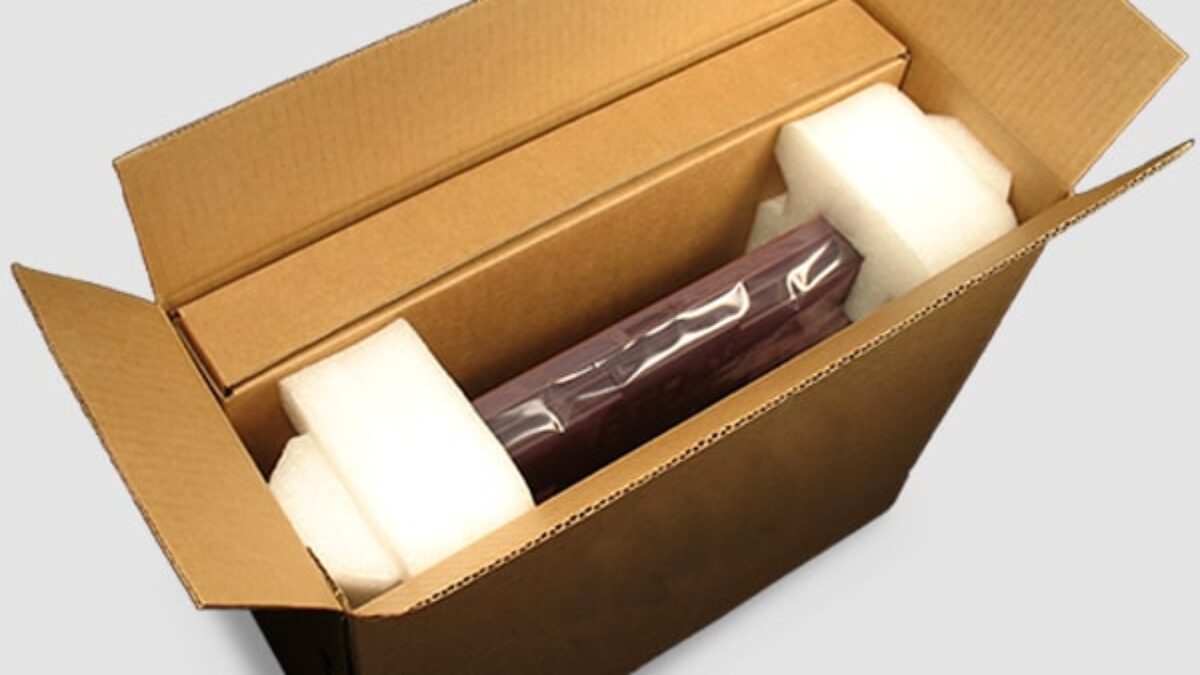Packaging and shipping heavy products come with a unique set of challenges businesses need to address. Providing high-performing protection can be costly, but the alternative is worse. When products aren’t sufficiently packaged, you run the risk of damaging expensive products, not to mention adding on the costs of returns and poor customer service.
Thankfully, there’s a foam packaging solution for everything, even large and bulky products. Choosing the right type of foam packaging for heavy products will provide enhanced protection, reducing damage claims in one of the most cost-effective ways possible. Which type of foam should you be using? Is there anything else you need to know about shipping large and heavy products?
The Challenges of Shipping Heavy Products
Besides general pricing, packaging and shipping heavy products involve several challenges specifically related to the packaging materials you use. These challenges include:
- The durability and strength of the materials: the materials must be able to withstand the weight of the products without deforming or allowing excessive shock damage. There is always the risk that the material will fail.
- Getting materials that can provide 360-degree protection: heavy products require pieces like edge protectors, corner guards, and other bracing materials to safeguard the product.
- Protection vs weight: it’s necessary to find the optimal balance between sufficient protection and minimizing additional weight, thus increases dimensional weight costs.
- The cost of materials: durable and high-quality packaging materials can be more expensive. This increases the overall cost of packaging and shipping.
- Sustainability: the use of large amounts of packaging materials, especially non-biodegradable ones, raises environmental concerns.
- Compliance: Packaging materials and designs must comply with various shipping and safety regulations, particularly for international transport.
- Customization: heavy products will often require customized packaging solutions, tailored to their specific size, shape, and weight.
How Custom Foam Packaging Tackles These Challenges
- Resilient foam options: resilience of many types of foam, especially high-density options, helps in absorbing shocks and impacts during transit, reducing the risk of packaging failure.
- Cushioning: many types of foam offer excellent cushioning properties that protect heavy items from shocks, vibrations, and impacts. Some foams even protect class A surfaces from scratches and scuffs. Many foam materials also reduce vibrations that can damage products while in transit.
- 360-degree protection: custom-cut foam can be designed to fit the exact shape and size of the product, offering superior protection compared to generic packaging solutions.
- Strength to weight ratio: the high strength to weight ratio of foam packaging offers maximum protection with minimal material usage. Custom foam pieces also reduce the amount of material used, keeping production and shipping costs in check. Foam packaging can be more cost-effective in the long run, especially if you ship many large numbers of products.
- Sustainability: the best way to run a sustainable shipping operation is to ship products only once. Damages and returns result in a far greater environmental impact than using the right types of foam materials, even if they aren’t recyclable. Ship once and save on your carbon footprint.
- Resistances and compliance: with all the foam options available to you, you won’t have a problem finding a material that satisfies the regulations and standards in your industry, including foams that are anti-static, thermally insulated, food safe, etc.
By offering durability, superior protection, lightweight properties, cost-efficiency, and environmental friendliness, custom foam packaging stands out as a versatile and practical choice for businesses looking to safely and efficiently transport their heavy goods.
Need custom foam protection for your products? Get in touch with the foam experts at Amcon today!


